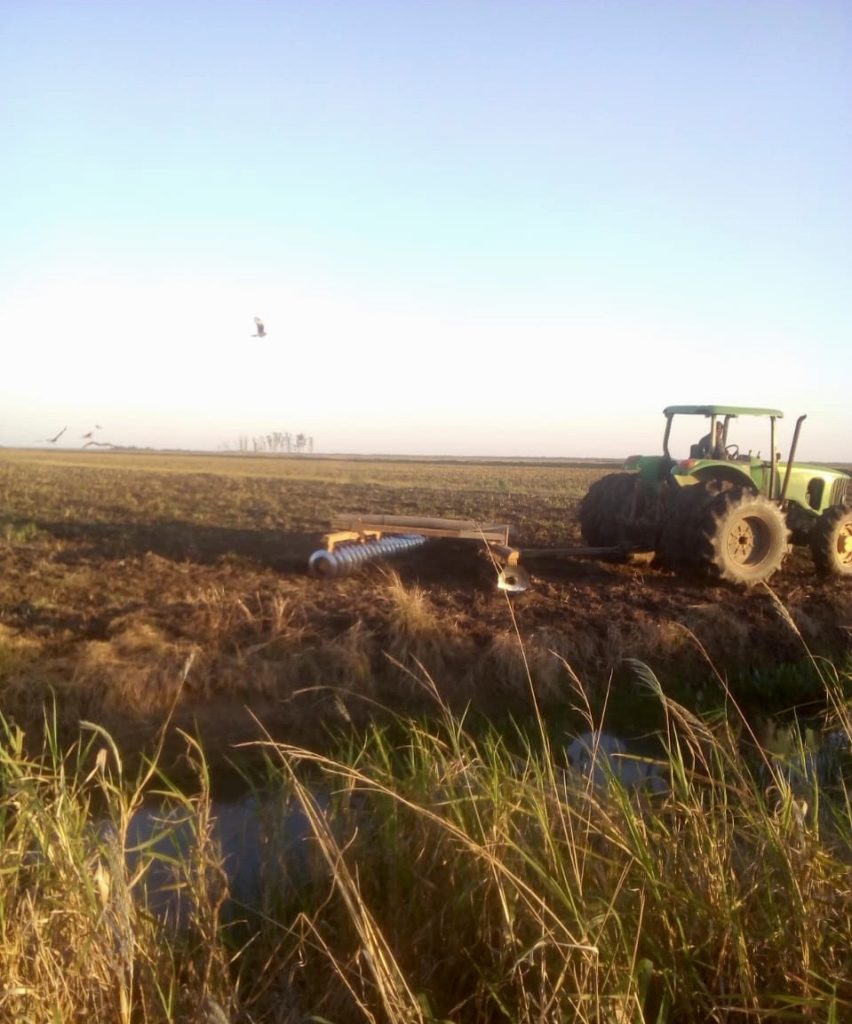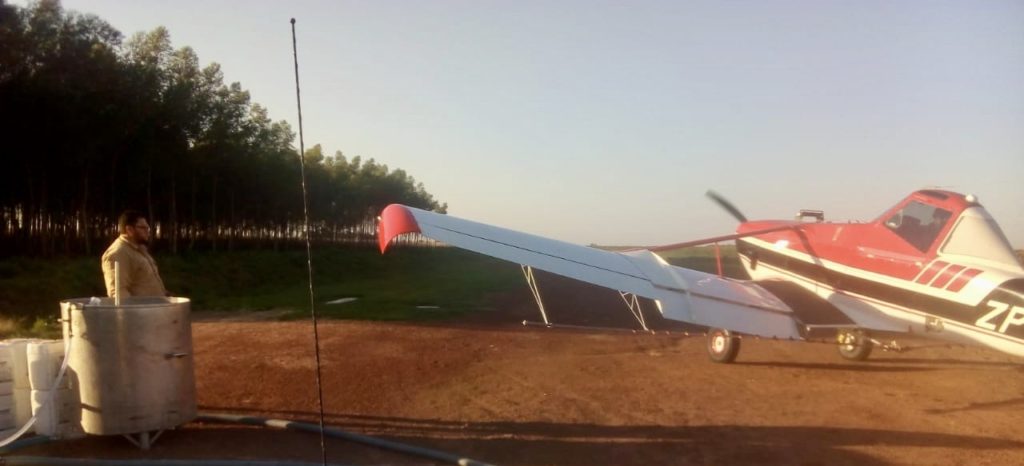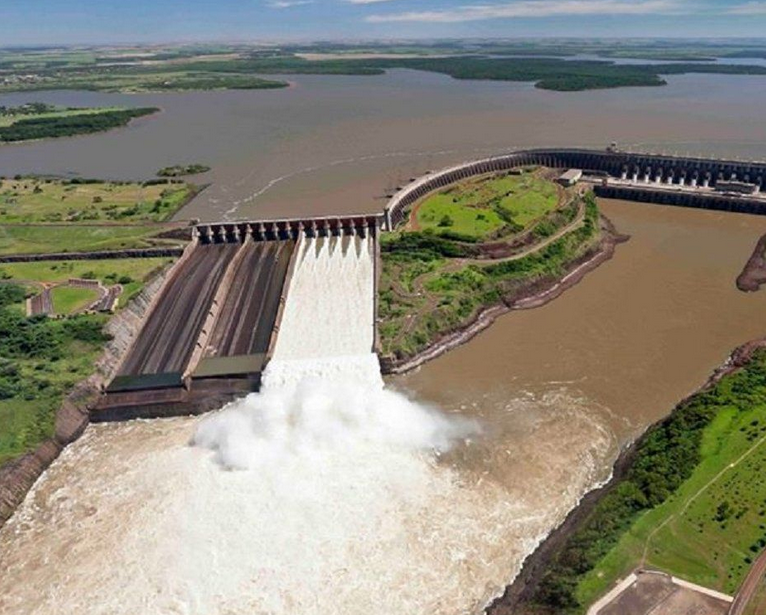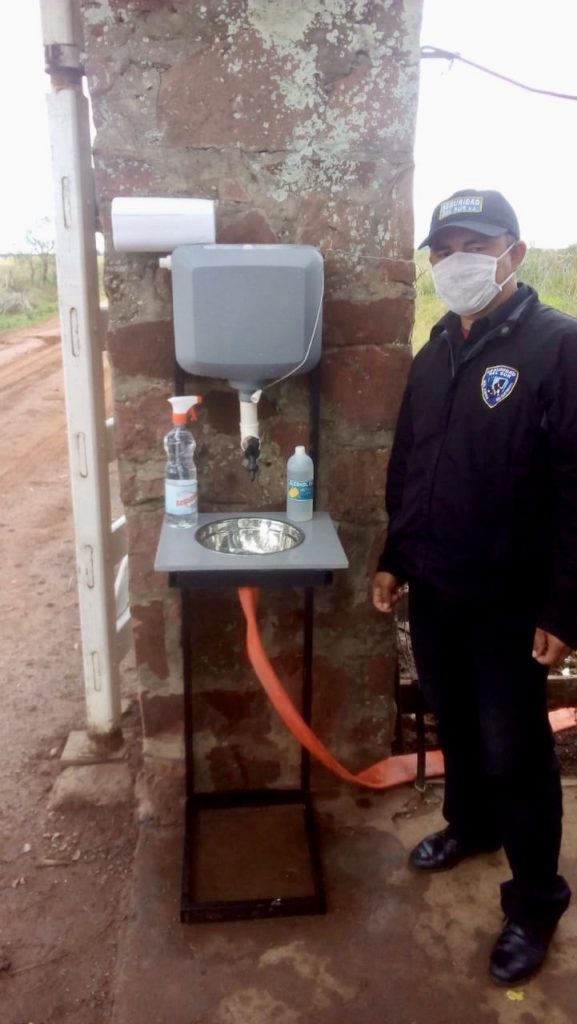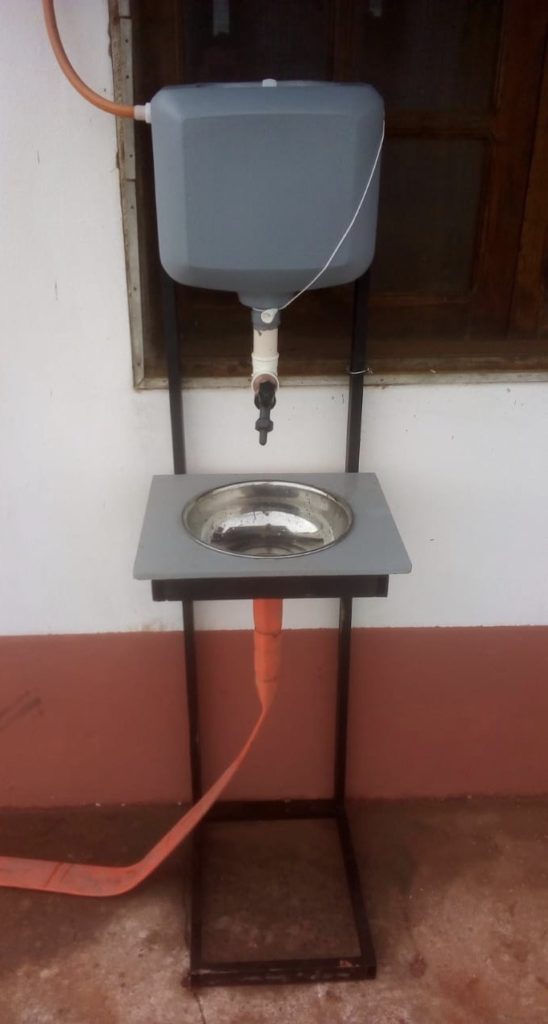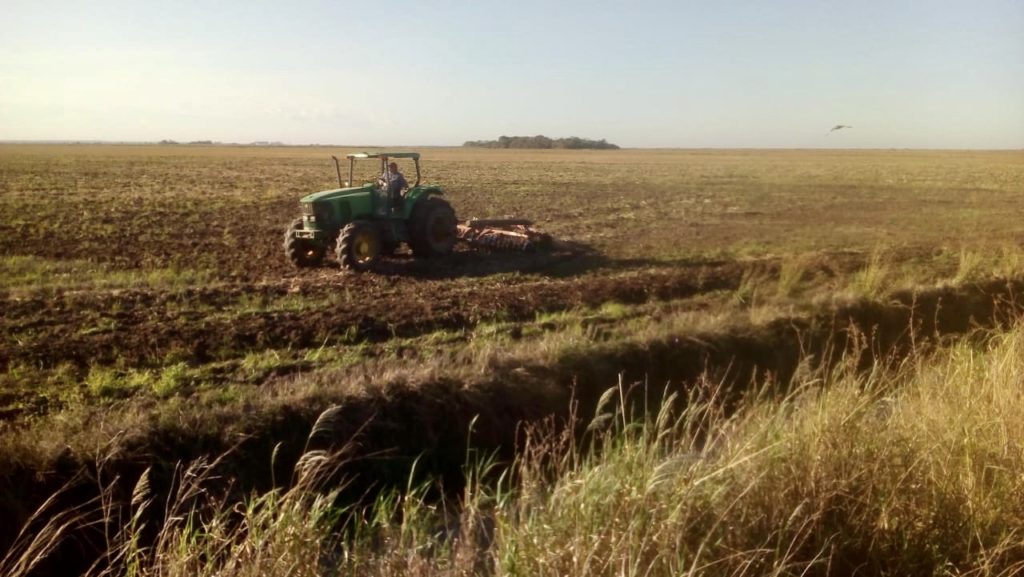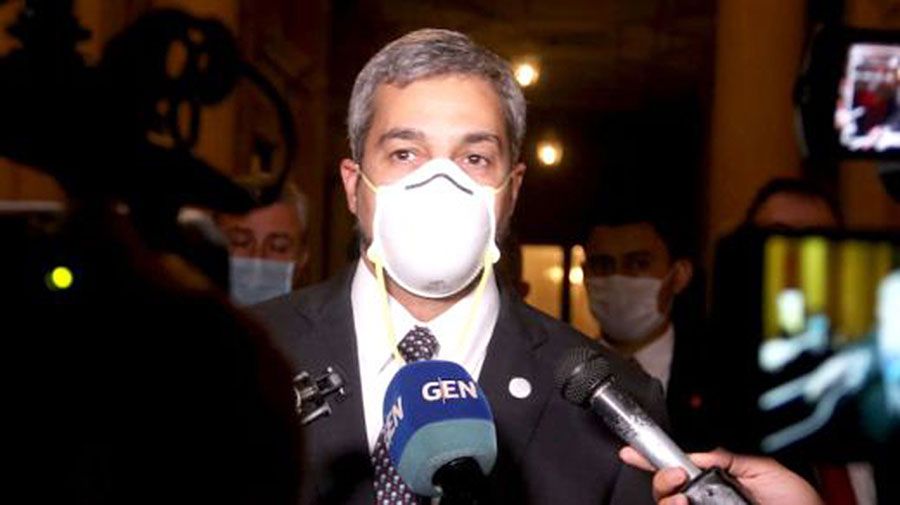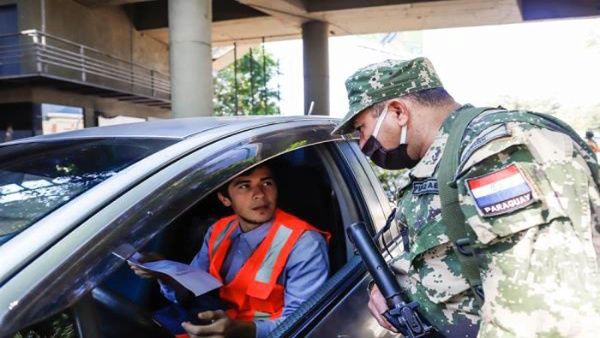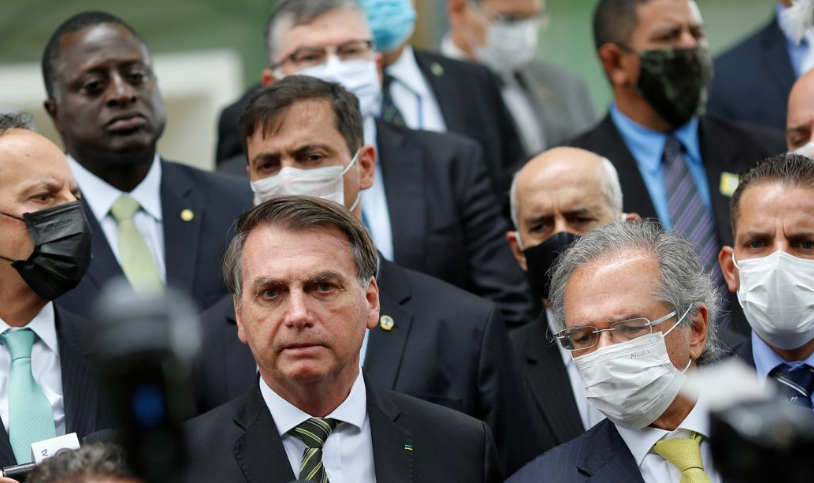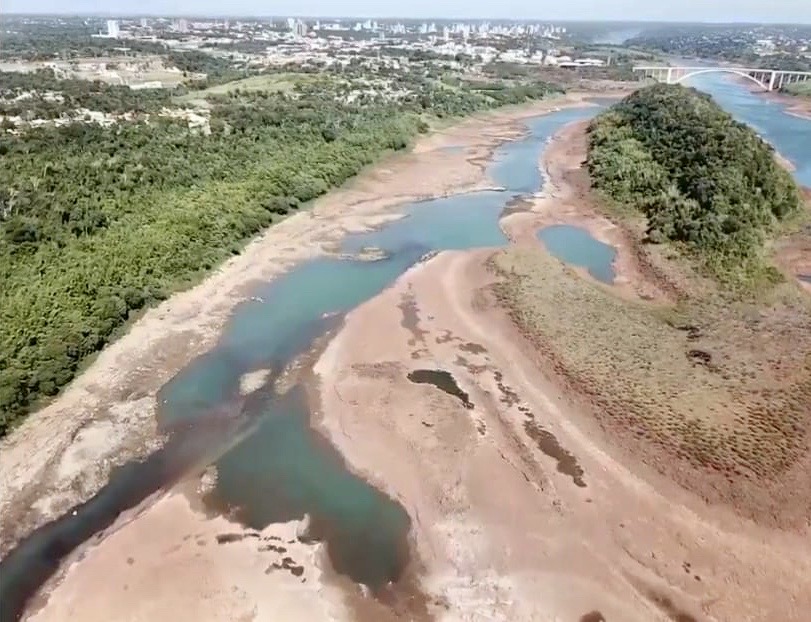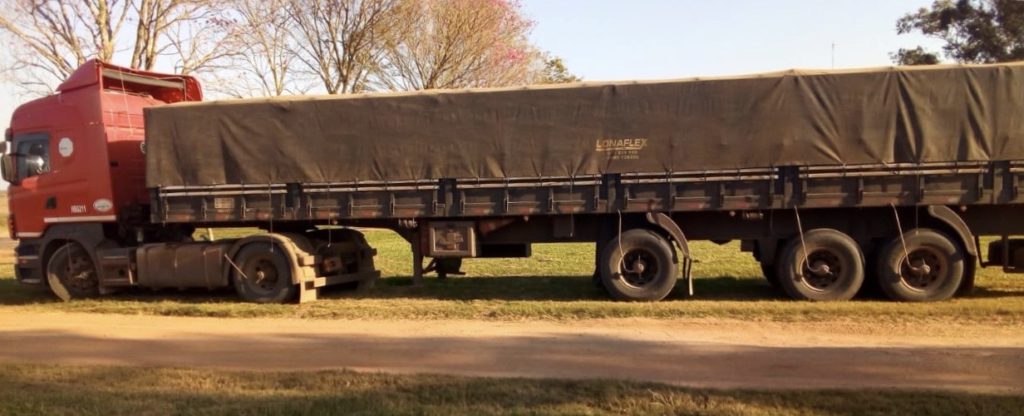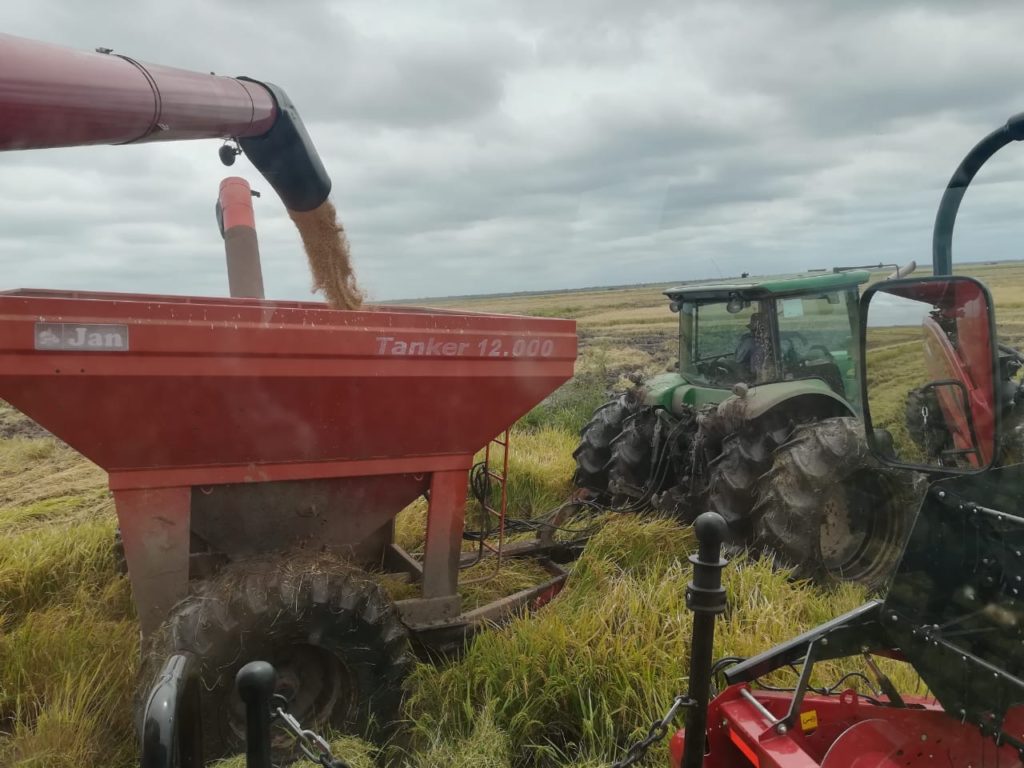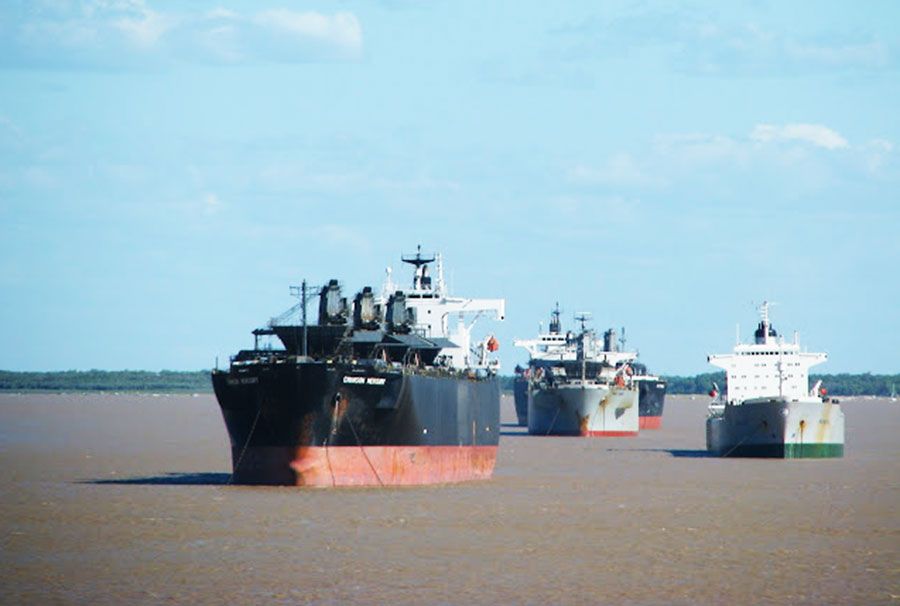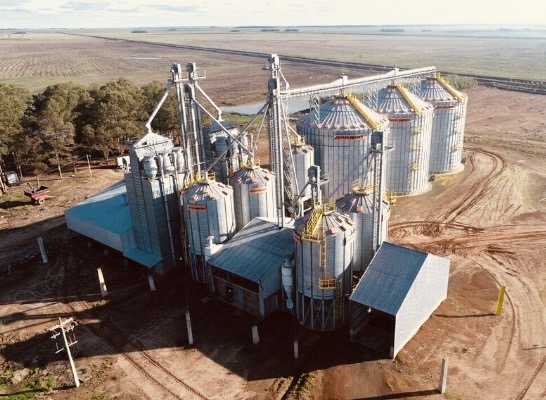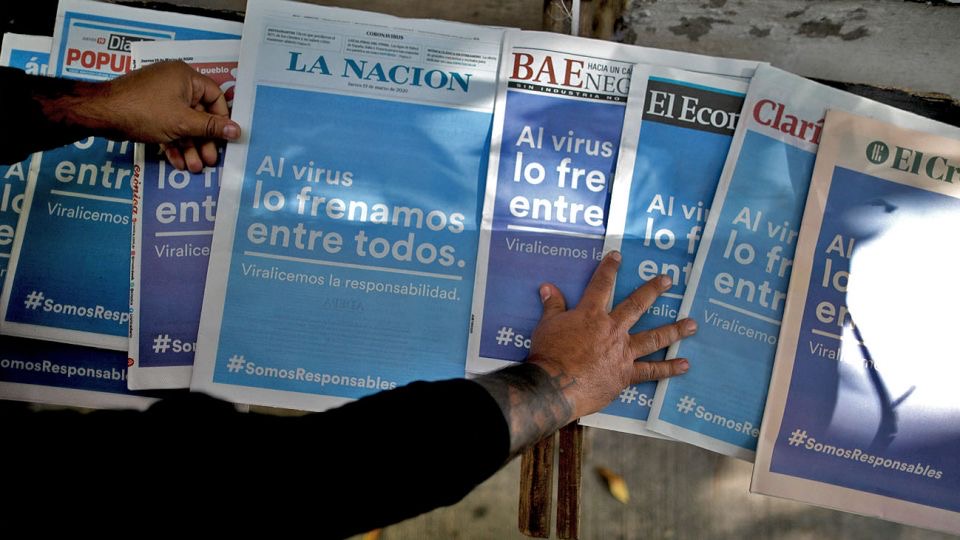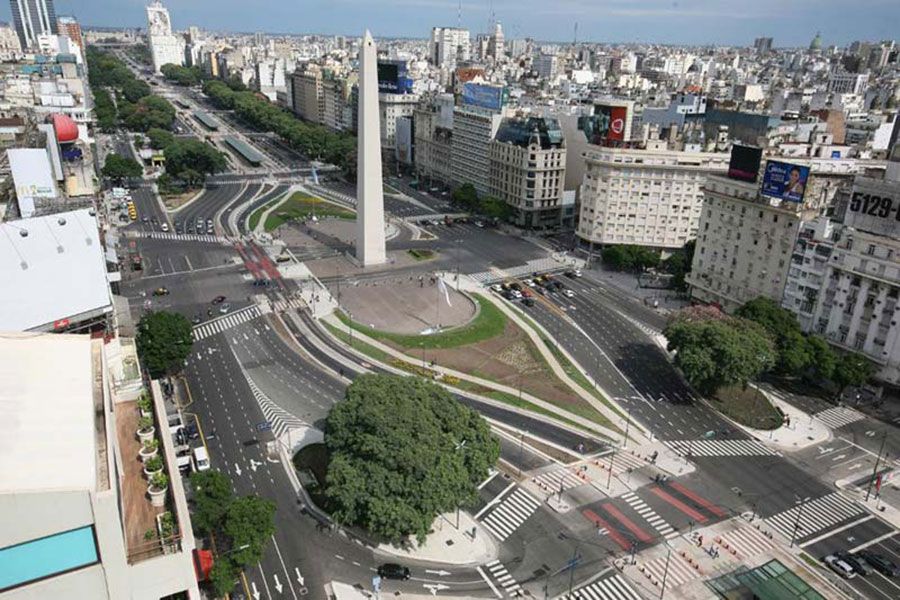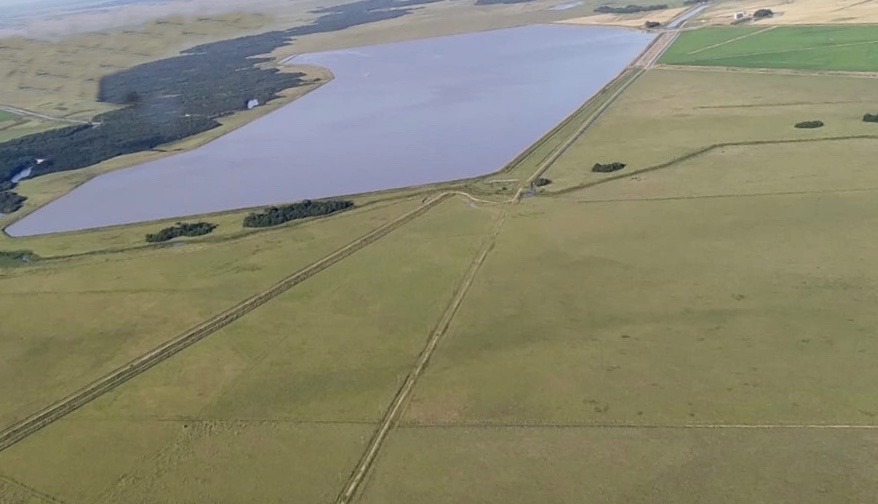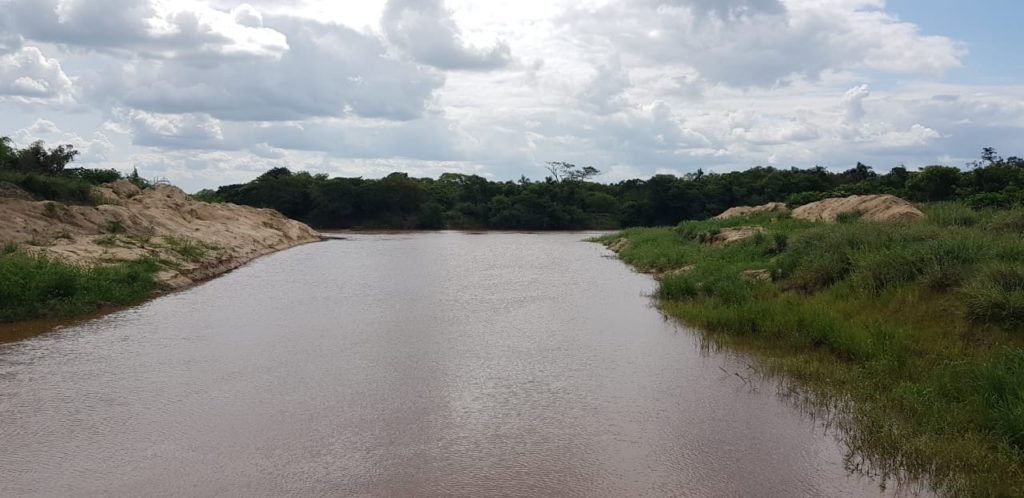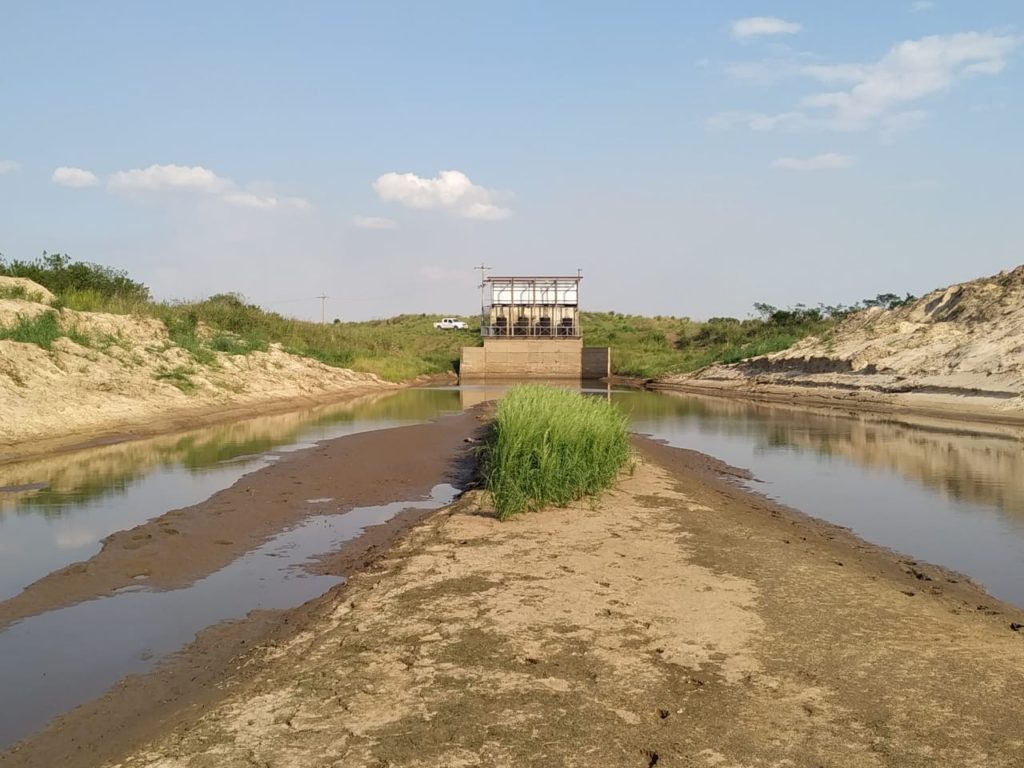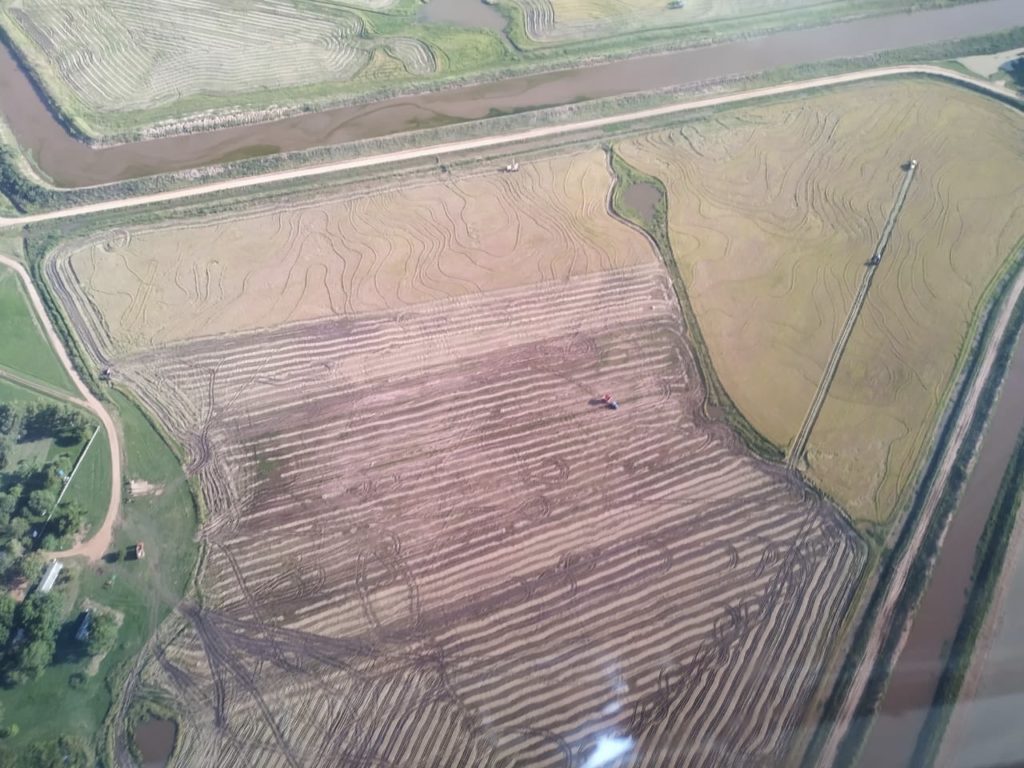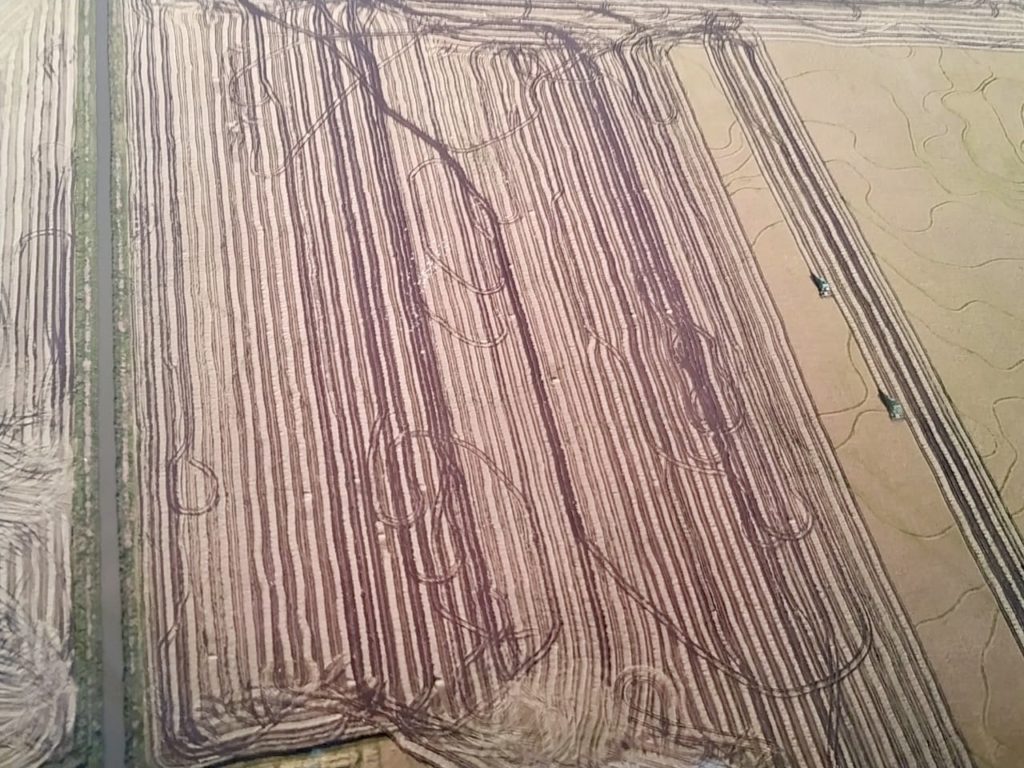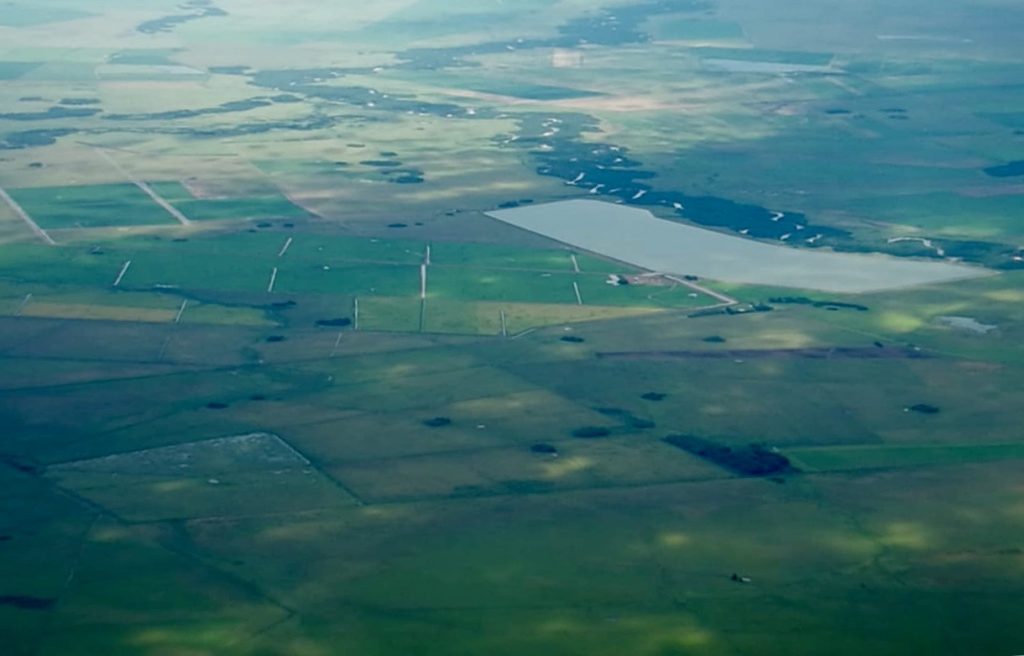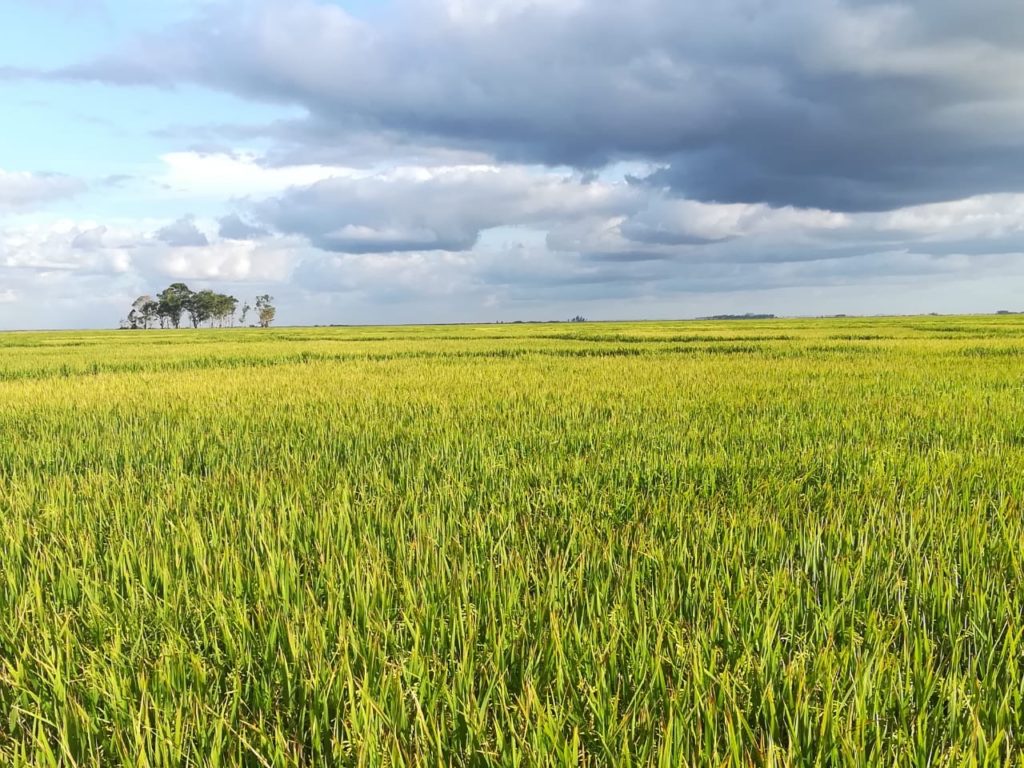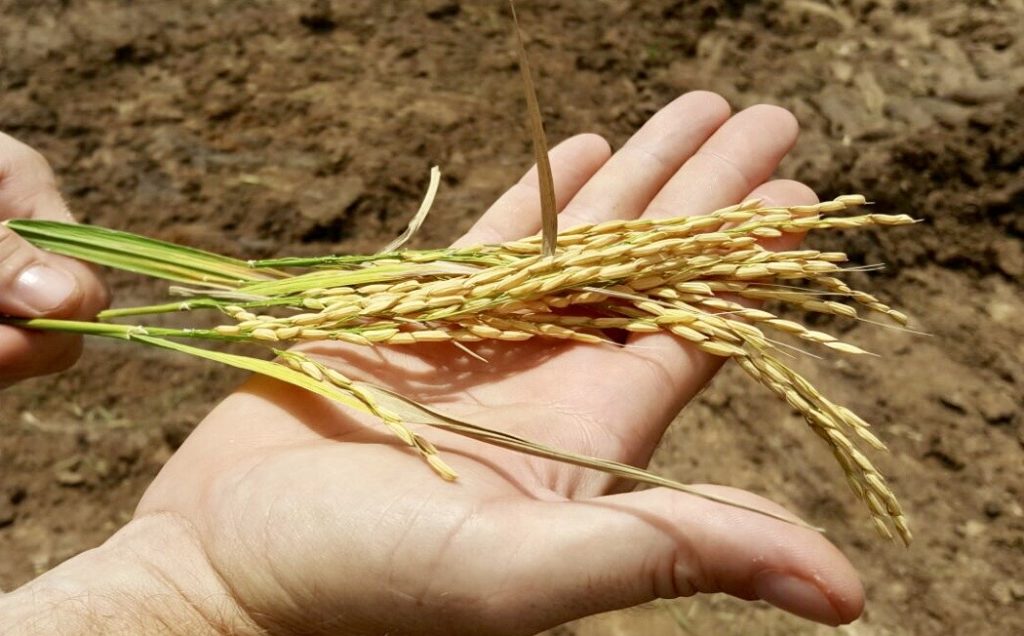We made good advances in land preparation: over 1,000 ha have been fully prepared now (tillage, land levelling, field drainage and aerial application of herbicide). Our objective for the cycle is to sow in partnership our so called “base” surface of 1,600 ha and the production will be dedicated 100% to IRGA 424 cultivation. We choose not to extend our planted surface given all market interties (slow trading activities, Brazil situation and pandemic situation).

We are going to sow again in stages this cycle and we are targeting to start the sowing of 1st stage by August 25 (540 ha). This way we can have a harvest in stage and reduce our operating risks (weather issues and irrigation restrictions) while we will have a better control of the plots as they are not going to be all in the same stage at the same moment.
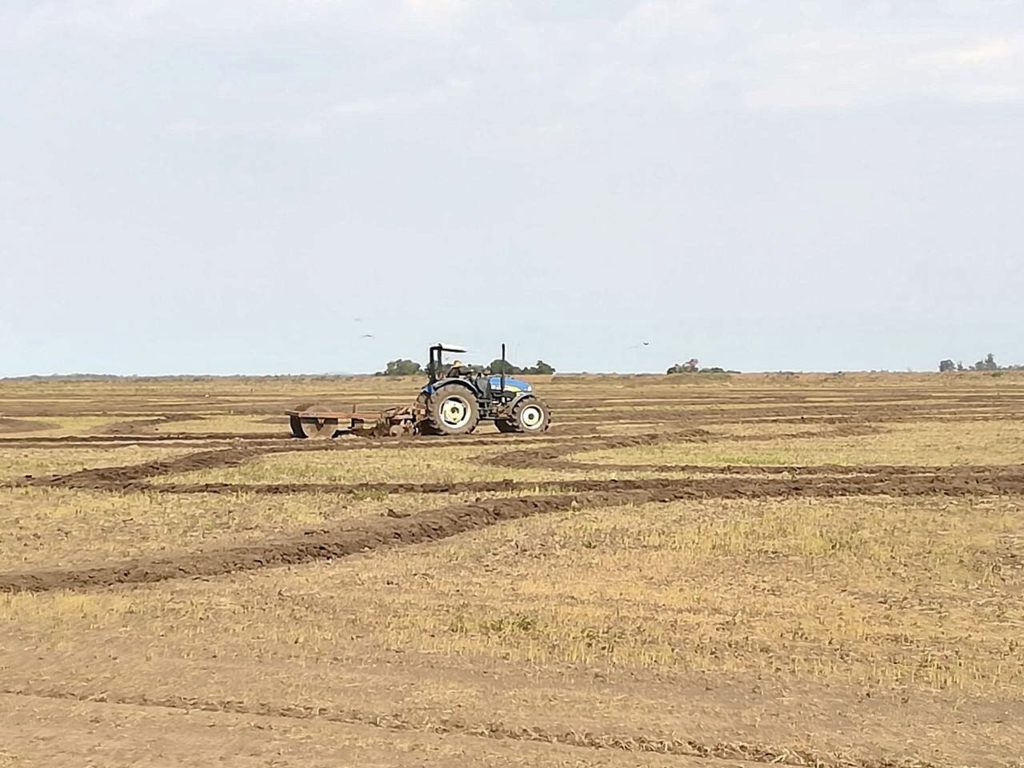
Fertilizers were delivered by our partner at farm and stored in our facilities.
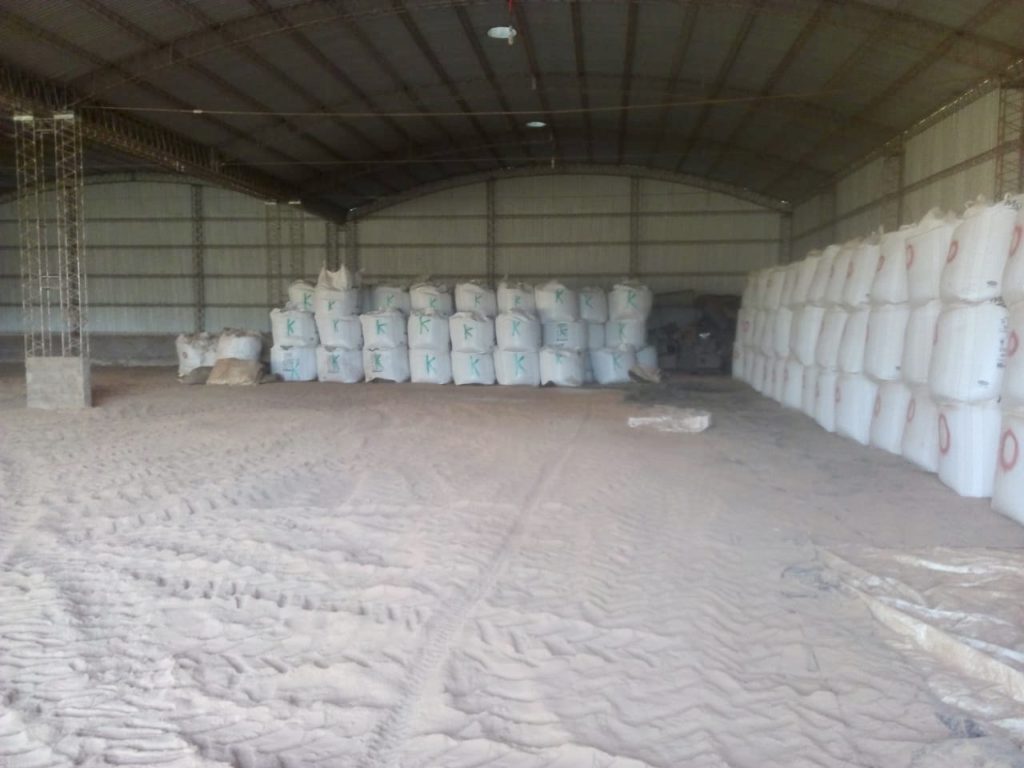
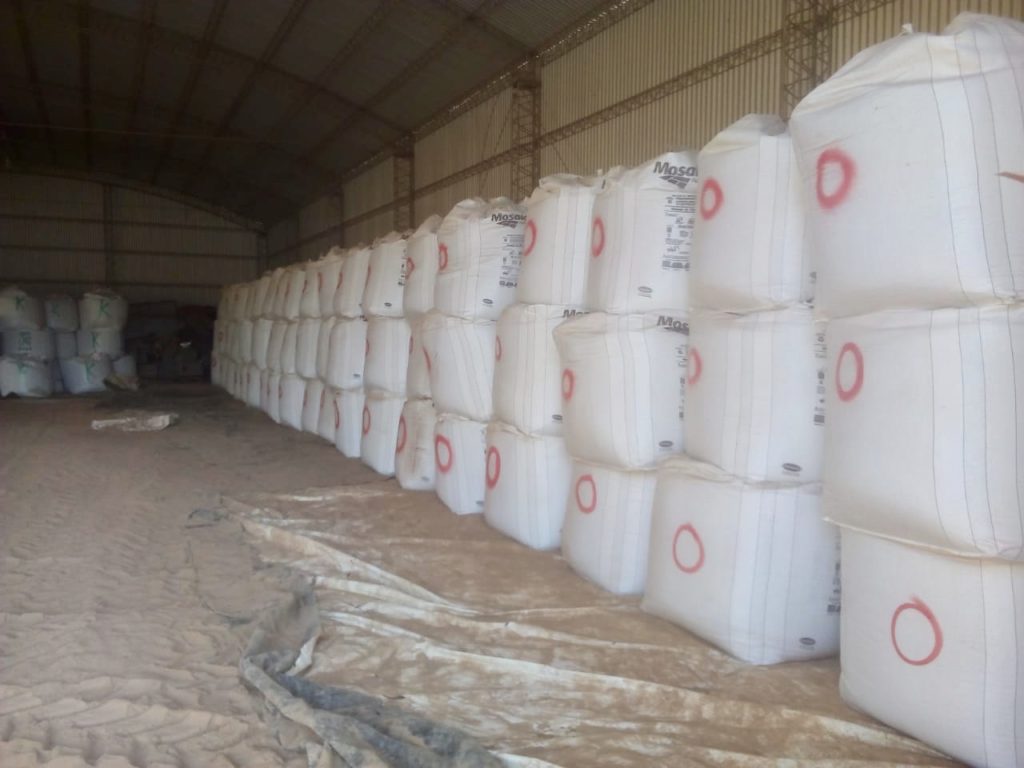
We are also in the final stage of the maintenance of our water pumps. The entire process has been delayed due to the pandemic (limitation of circulation of service providers, delays to import spare parts, etc).

On 2 of the 4 big pumps at the river water pumping station (each with a 2,600 liter flow per second), power and control cables had to be replaced given the intensive use of our pumps. Those cables are key but their imports were delayed. Those pumps are going inside a pipe with those cables and have then to be installed with a tensioning steel cable to prevent movements’ function that when water creates turbulence inside the pipe, cables have no movement and they don’t hit the pipe walls.
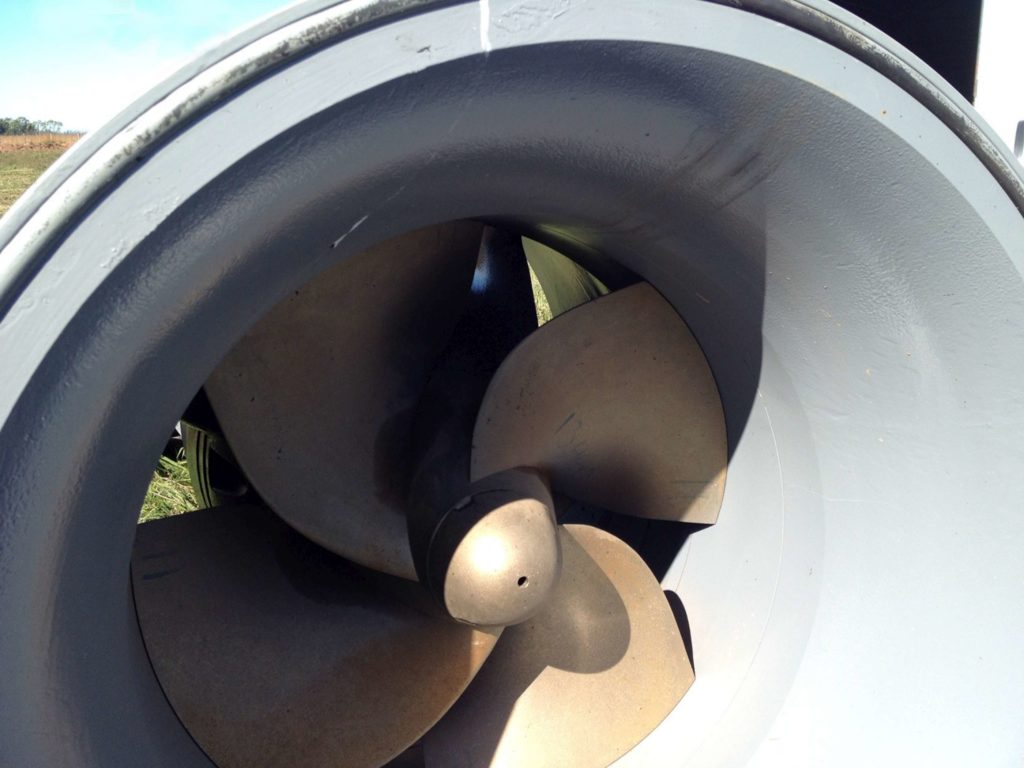
To proceed, we need 1st to remove the pumps from their pipes. It s a very technical process because If water reaches inferior place, pump needs to be treated in lab conditions (dismantled and all inside water needs to be removed; likely bearings will also need to be replaced). At the re-pumping station, the smaller pump there (1,600 liter flow per second) needed a much lighter maintenance, only small spare parts had to be changed. The costs of maintenance can rise very quickly if you don’t pay attention.

